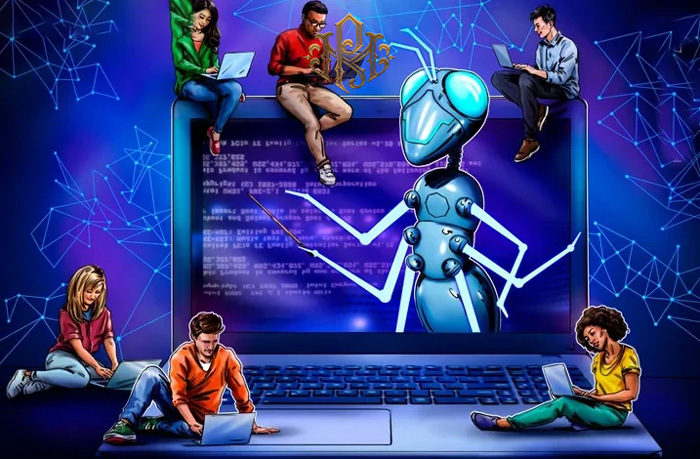
Close



Circle introduced Web3 smart development platform. The platform is available now for Web2 developers. In this post of Pooyan Music, you will read more details about this platform.
Circle announced the launch of a new platform. The platform uses ready-made templates to make it easier for traditional developers to build Web3 applications.
According to an announcement and social media post on October 19, stablecoin issuer Circle has launched a new tool. Circle says that developers will simplify the complexity of building Web3 applications with this tool.
Called the Smart Contract Platform, the new tool allows developers to implement smart contracts using a set of ready-made code and a console or REST API. This makes it potentially easier for traditional Web2 developers to use.
Circle also released a “Gas Station” tool that allows developers to pay for their users’ gas costs. This tool can make it easier for users to log in.
When developers deploy smart contracts, they typically rely on Web3 developer tools such as Truffle or Hardhat to perform the deployment. When using these tools, contracts must be written in Solidity, a language that some casual programmers don’t understand well. They also require developers to create and run blockchain deployment or “migration” scripts. This is a process that some Web2 developers are unfamiliar with.

According to Circle’s documentation, the smart contract platform offers a set of ready-made templates. These patterns can be used to create all kinds of smart contracts. For example, developers can use these templates to generate contracts for non-fungible tokens (NFTs), blockchain loyalty programs, and interact with UniSwap or other decentralized finance projects or with stablecoin Circle contracts. This means a developer can use the platform without having to create a Solidity contract from scratch. This may make it easier for Web2 developers to start building on Web3.
Once a contract is created, a developer can deploy it to Polygon using the “no-code” console provided as part of the platform, according to the announcement. According to the announcement, the “codeless” console is not yet available for Ethereum or Avalanche.
However, the platform provides a set of RESTful Application Programming Interfaces (REST APIs) for use in these networks, which developers can use to deploy or interact with their own contracts. REST APIs are the standard tools that developers use to interact with Web2 databases, making them more familiar to developers who have never built Web3 applications.
According to this announcement, Circle plans to make both the “no-code” console and REST APIs available to more networks in the future.
According to the platform’s documentation, developers can use it to deploy a custom contract. Although in this case they should also provide the corresponding code for it. However, even in this case, the developer does not need to write a script for this smart contract. Because this can be handled by console or REST APIs.
Circle also announced a second developer feature called “Gas station”. This allows Web3 application developers to pay for their users’ gas. This potentially allows developers to assign users more easily. Because it avoids the need for users to prepay their wallets with the network’s main coin.
The gas station uses Ethereum’s account abstraction feature to run these gas-free transactions. The announcement states that the Grab app has implemented this new feature. This feature allows users to pay no gas when redeeming NFT coupons.